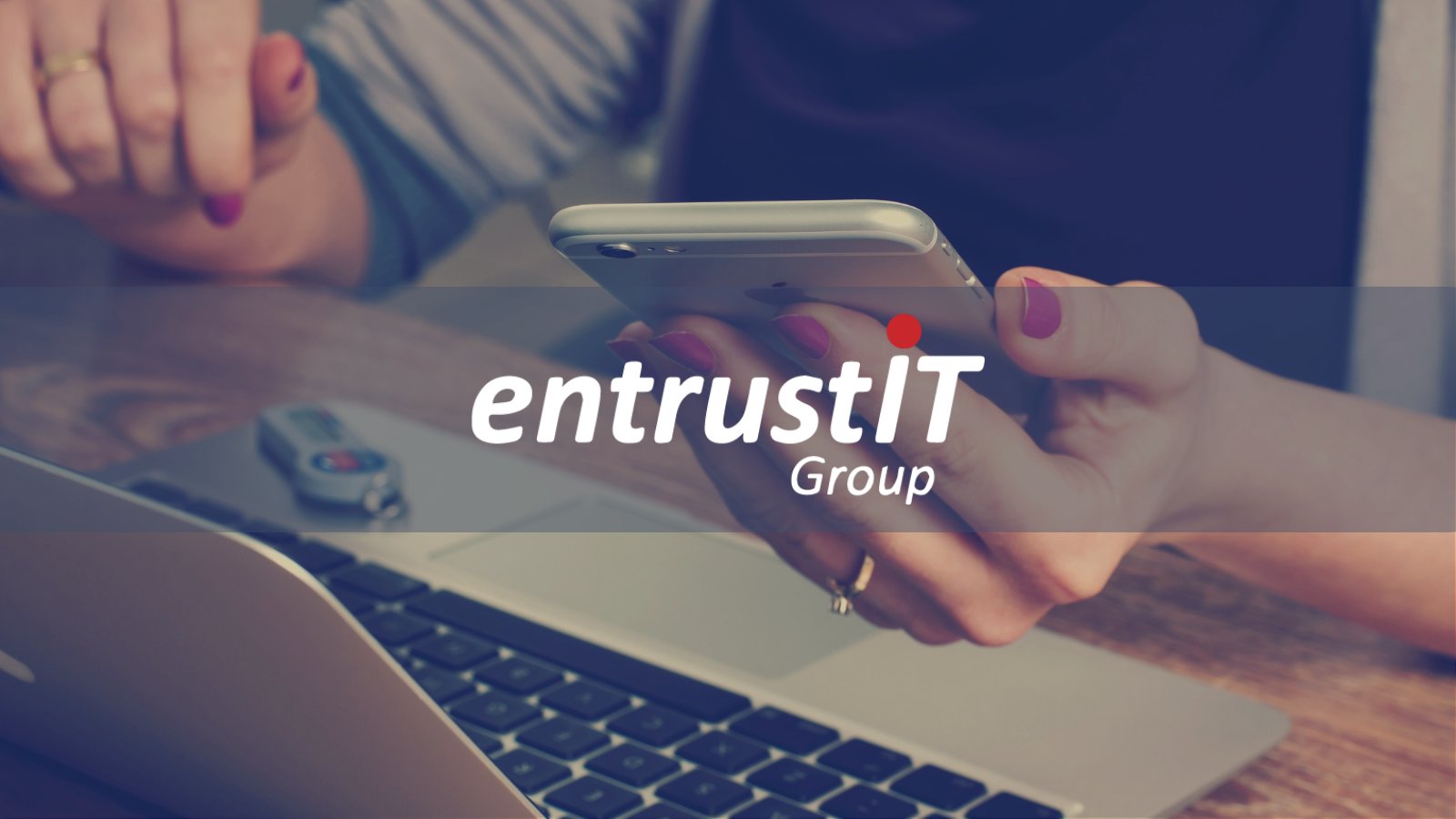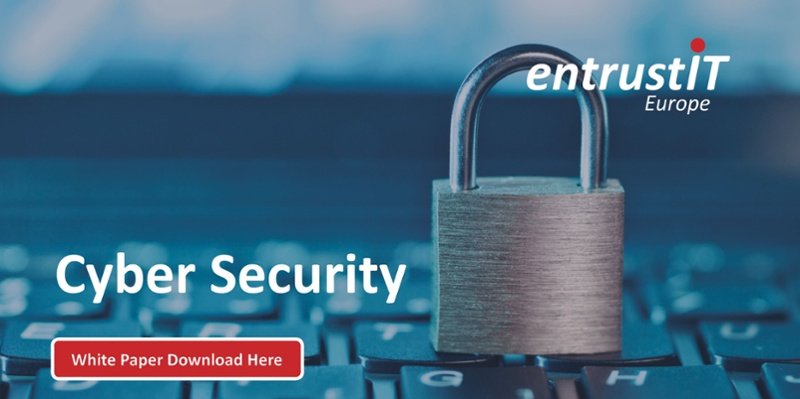
What is Smishing and Why is it Everywhere

According to a recent report by Check Point Research, the number of Smishing attacks increased by over 700% between the first and second quarter of 2022. This staggering rise highlights the growing concern around this type of social engineering attack. Furthermore, 97% of all mobile malware is delivered through SMS, making it a lucrative avenue for cyber-criminals to target unsuspecting victims.
What is Smishing?
Smishing is a type of social engineering attack that uses SMS (Short Message Service) text messages to trick people into giving away their personal information or money. The messages often appear to be from a trusted source, such as a bank, a government agency, or a legitimate business. They may contain a link that leads to a phishing website or a malware-infected attachment that can compromise the user's device.
The goal of Smishing is to get the victim to take a specific action, such as clicking on a link, entering their login credentials, or sending money. The messages often create a sense of urgency or fear, such as claiming that the user's account has been compromised or that they will face legal consequences if they do not act immediately.
How to Spot a Smishing Attack
Criminals use Smishing as a way to bypass traditional security measures, such as firewalls and antivirus software, and directly target the user. They often use advanced techniques to disguise their messages as legitimate ones and manipulate the user's emotions to create a sense of urgency or panic.
One common Smishing scam involves impersonating a bank or financial institution and asking the user to update their account information or reset their password. The message may contain a link to a phishing website that looks like the real thing but is designed to steal the user's login credentials. Once the criminal has access to the victim's account, they can transfer money, make purchases, or steal sensitive information.
Another type of Smishing attack involves sending a message that appears to be from a government agency, such as the IRS or the Social Security Administration, and claiming that the user owes money or is facing legal action. The message may contain a link to a fake website where the user is asked to enter their personal information or pay a fine. Once a criminal has this information, they can use it for identity theft or other fraudulent activities.
.jpg?width=5184&height=2920&name=dan-nelson-ah-HeguOe9k-unsplash%20(2).jpg)
How Can You Stay Safe From Smishing?
There are several steps you can take to protect yourself from Smishing attacks:
Be suspicious of unsolicited text messages: If you receive a text message from an unknown sender or a sender you don't recognize, be cautious. Do not click on any links or download any attachments without verifying their source.
Verify the sender: If you receive a text message from a trusted source, such as a bank or a government agency, verify their identity before responding or taking any action. Call the organization directly or visit their official website to confirm the message's legitimacy.
Do not share personal information: Never share your personal information, such as your social security number, credit card information, or login credentials, in response to a text message.
Keep your devices updated: Make sure your devices are running the latest software and security updates to prevent malware infections and other security threats.
Use security software: Install security software, such as antivirus software and a firewall, to protect your devices from malware and other cyber-threats.
Educate yourself: Stay informed about the latest Smishing scams and techniques, and educate yourself on how to recognize and avoid them.
Usecure - Mitigating Human Risk in Your Business
Usecure is the one-stop solution that evaluates, educates, and calculates its way to a security-savvy workforce improving cyber-security hygiene in your business. Usecure offers useful features such as planted phishing emails that test employees without the risk of a data breach and security awareness training.
You can also be given password hygiene reports for your employees that let you see who in your office is at high risk, due to using weak or overused passwords. This is great for medium and large businesses as they have lots of employees which previously were near impossible to manage.
Ensure the Safety of Yourself and your Colleagues
Smishing is a growing threat that can result in significant financial loss, data theft, and reputational damage for individuals and businesses alike. The rise of Smishing rates, as shown by recent reports, highlights the importance of taking proactive steps to mitigate the risk. Cyber-criminals use advanced techniques to deceive and defraud unsuspecting victims, making it crucial to be aware of the warning signs and follow best practices regarding online security.
Partnering with a managed service provider (MSP) such as the entrust IT Group is an excellent and simple way to mitigate the risks of Smishing and other cyber-threats. Our team of experts constantly monitors your systems and implements solutions to stop Smishing attacks in their tracks. With our help, you can rest assured that your staff and yourself are equipped to handle any cyber-security challenge that comes your way. Don't let Smishing attacks catch you off guard - take action today to keep yourself and your organization safe.
If any cyber-threat is concerning you we should have a no strings attached chat to learn a bit more about the problems or concerns you are facing. Please get in contact on 0330 002 0045 or email enquiries@entrustit.co.uk
Subscribe here!
Recent Posts
Posts by tag
- technology (127)
- Security (111)
- IT Security (98)
- cyber security (98)
- modern technology (69)
- Managed Service (68)
- Microsoft 365 (68)
- Cloud (66)
- IT support (66)
- business (63)
- cloud computing (60)
- cyber attack (60)
- cloud it (56)
- cybersecurity (56)
- microsoft (55)
- workplace (55)
- Microsoft Teams (53)
- Working from home (51)
- productivity (49)
- IT (47)
- office (46)
- office 365 (45)
- Password Security (43)
- entrustit (41)
- employees (39)
- Uncategorised (38)
- flexible work (37)
- Cyber (35)
- Remote (33)
- efficiency (31)
- Hosted Workspace (30)
- hosted desktop (30)
- it support bournemouth (30)
- schools (29)
- cyber privacy (28)
- email security (28)
- independent schools (28)
- it support dorset (27)
- school ict (27)
- collaboration (26)
- 2023 (25)
- it support hampshire (25)
- computing (24)
- public cloud (24)
- it consultancy (22)
- IT audit (20)
- entrust (20)
- it consultancy bournemouth (20)
- it support southampton (20)
- password (20)
- it consultancy dorset (19)
- it consultancy hampshire (19)
- msp (19)
- passwords (19)
- ransomware (19)
- hosted applications (18)
- it support winchester (18)
- VoIP (17)
- cloud cctv (17)
- cloud voip (17)
- covid19 (17)
- hacking (17)
- it consultancy southampton (17)
- private cloud (17)
- data (16)
- teamwork (16)
- Coronavirus (15)
- IT costs (15)
- cctv (15)
- office 365 support (15)
- GDPR (14)
- hackers (14)
- internet (14)
- network (14)
- Protection (13)
- covid-19 (13)
- hack (13)
- internet safety (13)
- management (13)
- Hosted Desktop and Applications (12)
- Windows Virtual Desktop (12)
- hardware (12)
- hybrid cloud (12)
- windows 10 (12)
- 2020 (11)
- 2022 (11)
- Microsoft Planner (11)
- awards (11)
- data breach (11)
- phishing (11)
- vulnerabilities (11)
- Hampshire (10)
- IT Director (10)
- artificial intelligence (10)
- digital (10)
- uk (10)
- windows (10)
- AI (9)
- Backup (9)
- attack (9)
- bitwarden (9)
- planning (9)
- software (9)
- telephony (9)
- usecure (9)
- communication (8)
- desk phone (8)
- education (8)
- eu (8)
- outsource (8)
- partnership (8)
- staff (8)
- Bournemouth (7)
- Dorset (7)
- Google (7)
- OneDrive (7)
- award winning (7)
- cloud storage (7)
- infrastructure (7)
- mobile (7)
- offsite backup (7)
- 2019 (6)
- AI CCTV (6)
- Access Management (6)
- Apple (6)
- ISO (6)
- News (6)
- Skype for Business (6)
- apps (6)
- architect (6)
- child protection (6)
- european union (6)
- hacks (6)
- internet of things (6)
- iot (6)
- legal (6)
- legal it (6)
- mobile phones (6)
- onsite backup (6)
- password manager (6)
- remote desktop service (6)
- resources (6)
- virus (6)
- 3d design desktop (5)
- Azure (5)
- Case Studies (5)
- Cyber Essentials (5)
- Cyber Essentials Plus (5)
- Desktop (5)
- Microsoft Copilot (5)
- Multi-Site Business (5)
- Risk assessment (5)
- Thames Valley Tech & Innovation Awards (5)
- The Business Magazine (5)
- Windows 7 (5)
- award (5)
- brexit (5)
- designer (5)
- ios (5)
- personal data (5)
- smartphone (5)
- sophos (5)
- surrey (5)
- united kingdom (5)
- website (5)
- Attacks (4)
- BYOD (4)
- ChatGPT (4)
- DR (4)
- DR planning (4)
- Facebook (4)
- Government (4)
- IP (4)
- MDR (4)
- Microsoft Forms (4)
- SharePoint (4)
- VPN (4)
- WannaCry (4)
- computer performance (4)
- ddos (4)
- digital transformation (4)
- disaster recovery (4)
- law (4)
- legacy (4)
- modern work (4)
- proactive (4)
- remote learning (4)
- wireless internet bournemouth (4)
- wireless internet southampton (4)
- 2021 (3)
- 2024 (3)
- 5G (3)
- Dorset Chamber (3)
- EDR (3)
- Fourth Industrial Revolution (3)
- General (3)
- Google Drive (3)
- Hampshire Chamber (3)
- Help (3)
- High Growth (3)
- Local (3)
- NHS (3)
- New Forest (3)
- South Coast Tech & Innovation Awards (3)
- Tech Company of the Year (3)
- Tech Growth (3)
- Thames Valley (3)
- Tiva (3)
- Zoom (3)
- acquisition (3)
- big switch off (3)
- budgets (3)
- citrix (3)
- closed cloud (3)
- copilot (3)
- copilot pro (3)
- digital hub (3)
- guide (3)
- innovation (3)
- instagram (3)
- intelligence (3)
- london (3)
- meetings (3)
- online meetings (3)
- smart buildings (3)
- sme (3)
- storage (3)
- strategy (3)
- teaching (3)
- trump (3)
- twitter (3)
- windows 11 (3)
- 2016 (2)
- 2018 (2)
- BGL Company (2)
- Bourne Group (2)
- Burhill (2)
- Burhill Group (2)
- CAD (2)
- Environment (2)
- Firewall (2)
- GPT-4 (2)
- Gen Z (2)
- Hampshire Business Awards (2)
- ISBA (2)
- Macs (2)
- Managed Service Provider of the Year (2)
- Microsoft Autopilot (2)
- Mr Mulligans (2)
- PaaS (2)
- Privacy Shield (2)
- Sydenhams (2)
- Wifi (2)
- XDR (2)
- afc bournemouth (2)
- afcb (2)
- android (2)
- b2b (2)
- bcs (2)
- berkshire (2)
- blockchain (2)
- broadband (2)
- camcloud (2)
- cryptocurrency (2)
- dark web (2)
- downtime (2)
- dropbox (2)
- eagle eye networks (2)
- east grinstead (2)
- exhibition (2)
- farnham (2)
- finalist (2)
- legalex (2)
- machine learning (2)
- macos (2)
- organisation (2)
- paypal (2)
- predictions (2)
- president (2)
- reading (2)
- serval systems (2)
- smart sensors (2)
- solent (2)
- us (2)
- utility management (2)
- video conferencing tools (2)
- 1998 (1)
- AMD (1)
- ARM (1)
- Abbey Hill (1)
- Aldwickbury Park (1)
- BBC (1)
- BUNKERS! (1)
- Bedford (1)
- Bedfordshire (1)
- Birchwood Park (1)
- Burnout (1)
- CEO (1)
- Central South Business Awards (1)
- Cloud VMS (1)
- Cloudtango (1)
- East Midlands (1)
- Endpoint 100 (1)
- Go Integrator (1)
- Growth 100 (1)
- Harvey Jones Kitchens (1)
- Hoebridge (1)
- Hospitality (1)
- Ignite 2018 (1)
- Ignite 2020 (1)
- Insider (1)
- Intune (1)
- LLM (1)
- Leaders (1)
- Loop (1)
- M&A (1)
- MFA (1)
- MPLS (1)
- MSP Select 2024 (1)
- Market (1)
- May (1)
- Multi Factor Authentication (1)
- MyAnalytics (1)
- Ninja Warrior UK (1)
- PBX (1)
- PM (1)
- Power BI (1)
- Ramsdale Park (1)
- Redbourn (1)
- Regulation (1)
- Reid Steel (1)
- SD-WAN (1)
- Surrey Business Awards (1)
- Thornbury (1)
- WCry (1)
- WannaCrypt (1)
- Wycombe Heights (1)
- ashley madison (1)
- bandwidth (1)
- battersea (1)
- beach (1)
- big data (1)
- black friday (1)
- bloatware (1)
- brand (1)
- builders merchant (1)
- business growth (1)
- business process audit (1)
- cambridge analytica (1)
- canada (1)
- cia (1)
- clinton (1)
- cnn (1)
- co op (1)
- compliance (1)
- connectivity (1)
- copyright (1)
- crime (1)
- cyber monday (1)
- dean drako (1)
- defence (1)
- dkim (1)
- dmarc (1)
- dns (1)
- donald (1)
- dyn (1)
- election (1)
- enterprise (1)
- epos (1)
- equality (1)
- executive order (1)
- facial recognition (1)
- fax (1)
- football (1)
- gchq (1)
- grinstead (1)
- intel (1)
- intercept x (1)
- josh widdicombe (1)
- knights of old (1)
- landmarks (1)
- learning (1)
- legal technology forum (1)
- leisure (1)
- meltdown (1)
- millennials (1)
- mimecast (1)
- mirai (1)
- no-deal (1)
- number plate detection (1)
- onsite (1)
- outsourcing (1)
- paper (1)
- patisserie valerie (1)
- performance reviews (1)
- pound (1)
- premier league (1)
- private equity (1)
- procrastination (1)
- recruitment (1)
- research (1)
- retail (1)
- roundtable (1)
- samsic (1)
- sharefile (1)
- smishing (1)
- snowden (1)
- solent business awards (1)
- solentBA (1)
- spectre (1)
- spf (1)
- sterling (1)
- storm (1)
- talktalk (1)
- trumppresident (1)
- ukitawards (1)
- united states (1)
- usa (1)
- vault 7 (1)
- vitality stadium (1)
- whatsapp (1)
- white (1)
- white house (1)
- wikileaks (1)
- women in business (1)
- xiongmai (1)
- year (1)
- zero touch deployment (1)
- zero-trust (1)

